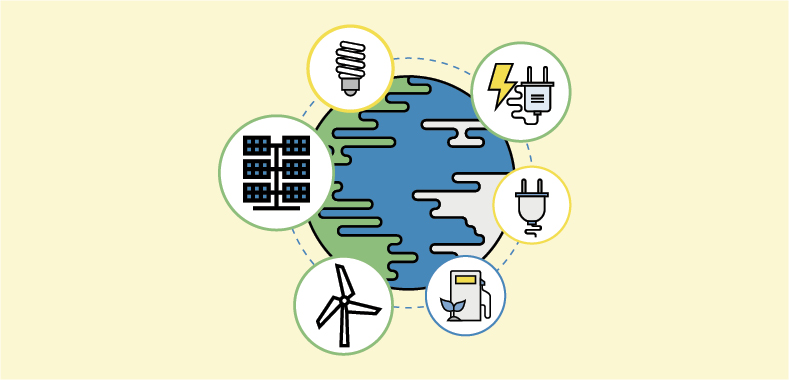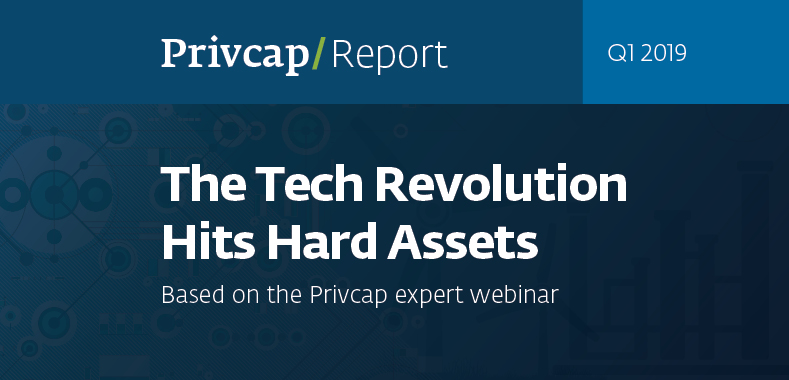Oil & Gas: The Data Analytics Opportunity
Ali Sharifi of Kerogen Capital discusses the burgeoning opportunity to use data to create value in the oil and gas industry. He discusses the key challenges, success stories and the likely path to further adoption.
Transcript Download Transcript
Oil & Gas: The Data Analytics Opportunity
Privcap: What are the opportunities in data analytics today?
Ali Sharifi, Kerogen Capital:
I think with the improvements in computing power, cheaper sensors, we see better and more improved mobile connectivity. More data is being collected by the industry and there have been more applications to develop that, to solve the problems of the industry. I think the top three things that we see are, [first], that during the past two or three years, there has been more commitment from senior managements, to set a digital strategy at the forefront of the strategy of the firm.
We see more discussed at the board level. Within this year management, as well. The second thing [is that] we’re seeing very successful pilot–led projects, that they’re demonstrating material benefits of using the data analytics in the field. We do see that as going to expand to more larger-scale deployment. Lastly, the industry has been upskilling as well. There has been a series of firms and startups as being developed, that has been absorbing new data scientists, software engineers and subject matter experts to combine the domain expertise with digital solutions.
What are some of the challenges in getting energy firms to adopt data analytics as a value–creation tool?
Sharifi: One of the researchers we were reading [says] that less than 5% of data that’s been collected is being used. Some of the challenges we see [include that] data integration has been a problem, as well as having the functional silos that organizations have set up—that has made some of that use of data a bit more challenging. Lastly, I would say the industry has had some challenges in terms of accepting new technology and a very fast pace. There has been some cultural resistance applying new technologies within the sector.
How are upstream firms using data to their advantage?
Sharifi: We’re seeing three main areas that are worth mentioning. One of them as it relates to onshore oil and gas operations—there have been a lot of improvements in automation. Second thing is digital twin, when it comes to using that vast number of data for offshore platforms. Offshore oil and gas platforms. Lastly, we’re looking at subservice data and analytics complimented by machine learning and AI-enabling tools.
What’s an example of a successful use of data analytics by an energy firm?
Sharifi: In terms of the onshore landscape, we see that there’s a lot of the works related to the wells, that’s its very repetitive and very labor intensive. So, automation could play a material role. One of the companies, one of the cases we came across—there was a company based in Silicon Valley that partnered with a lower–48 operator. They set a series of pilot tests, a few hundred wells in few pads that they were looking to close loop automation with high-frequency control systems to improve their production, applying the AI-based tools and their artificial lift fleet.
Through a six–month trial, the results were phenomenal. Production improved by 20%. OpEx [Operating Expense] was reduced by 22%. Also, in terms of the environmental footprint and health and safety, there were material improvements in that pilot process.
Do you see adoption of data analytics coming from the top down, or bottom up?
Sharifi: We see the penetration is happening faster, in smaller companies. As we saw the shale boom here in the U.S., it was mainly driven by independents and small players when they adopted the technology much faster than some of the larger players.
Their independents are more open to share information amongst themselves. To leverage their learning from one field, and one operation to the next. I think we do see that being applied more into the data solutions—Digital solutions, as well.










